Although humans have existed on Earth for millions of years, our knowledge of ocean and river life is very limited. There are many fascinating and fascinating fish species in the world. These include the arowana, the sturgeon, the sturgeon, the ghost fish, the Attenborough fish, the coelacanth, the hagfish, the arapaima and the Senegalese polypterid. These fish have a long history and are of value to both archeology and research. Let’s learn about these mysterious fishes together.
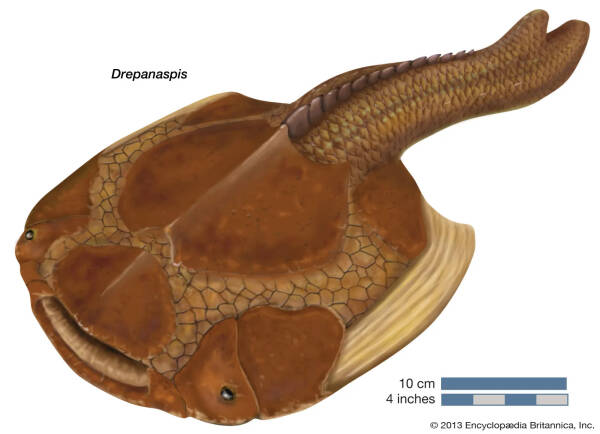
1. Armored fish (about 440 million years ago)
The armored fish is an ancient vertebrate that first appeared in the Ordovician period, reached its peak at the end of the Silurian period, and then became extinct at the end of the Devonian period. Most armored fish have a hard bony armor covering the front of their bodies and look similar to fish, but they don't have paired fins, so they have less mobility. At the same time, armored fish also have no upper and lower jaws, which limits their ability to actively hunt, resulting in a narrower food range. The armored fish belongs to the extant cyclostomes and is the ancestor of the lamprey. There is a certain genetic relationship between the two.
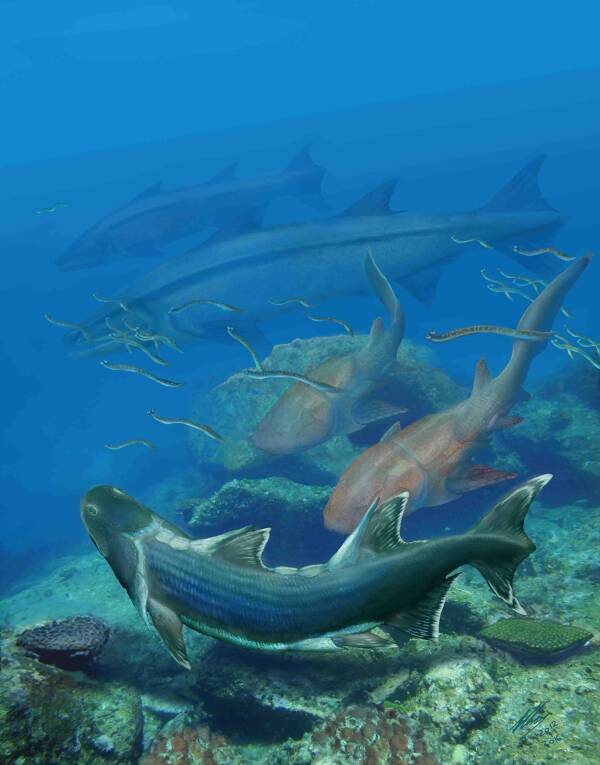
2. Onychophora dinii (approximately 420 million years ago)
Onychophores are a unique creature whose existence can be traced back to the Silurian Period of the Paleozoic Era. The unique identity of the Din's scale fish lies in its outer armor that resembles an armored warrior. This armor is formed by strings of dense and strong scales. Its body surface is covered with unique diamond-shaped scales. This shape has some external similarities with the Dream Ghost Fish, but if you carefully distinguish it, there are still significant differences.
The lateral scales of Onychophora dinii are proportionally smaller from front to back, and this change is not as obvious compared to that of the phantom ghost fish. On the surface of the scales, approximately parallel ridges can be seen, with no holes between the ridges. This small feature once again shows its similarity to the dreamy ghost fish.
However, it should be noted that although the Ding's scale fish and the dream ghost fish are similar in some physical characteristics, they also have many differences. These two are the two Silurian bony fish species that we know so far and have complete fossil samples. They are important data for the study of Silurian ecology and biodiversity.
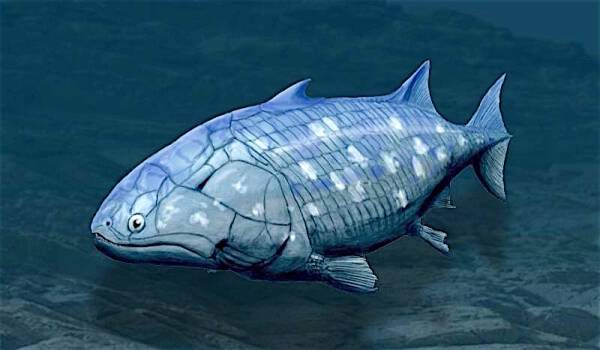
3. Dreamy Ghost Fish (about 420 million years ago)
Dream ghost fish, this special creature existed in the ancient Silurian period, and its unique properties seem to give it a "dream" magic. This magic lies in the fact that it retains many primitive fish characteristics that first appeared in jawed animals, making it a creature of great research value.
For example, the intracranial structure of the dream ghost fish shows significant similarities to lobe-finned fishes, especially the squid. For another example, the ridged patterns on its membranous bones are more similar to those of ray-finned fish. In addition, its dorsal fin and shoulder straps exhibit the same spine characteristics as placoderms, sticklebacks, and cartilaginous fishes.
Looking back in 2008, a team led by Chinese scientist Zhu Min successfully obtained a new fossil specimen of the extinct dream ghost fish. This specimen is by far the most complete jawed vertebrate fossil in the world. It is also a precious record of bony fishes and plays an important role in studying and understanding the history of paleontology.
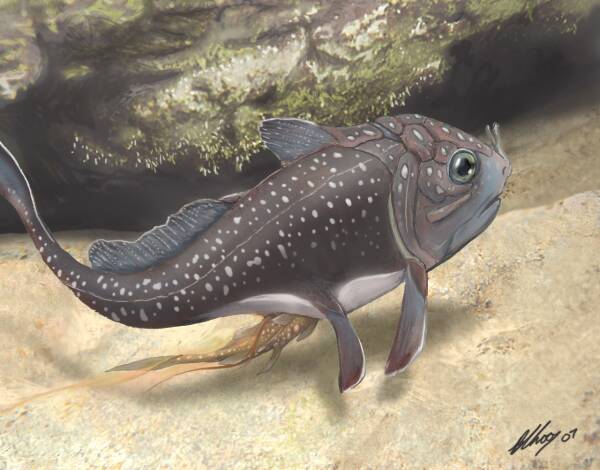
4. Attenborough fish (about 380 million years ago)
Attenborough fish is a creature that lived in the late Devonian period of ancient Western Australia. The earliest specimen of Attenborough was discovered in Western Australia in 2005, and remains the only specimen to this day. This particular specimen contained unhatched embryos and also displayed distinct placental structures, making it the oldest known viviparous vertebrate.
The total length of this Attenborough fish is about 25 centimeters, and the fossil records a complete scene showing a "female fish" giving birth. In this scene, the mother's umbilical cord can be seen still connected to her newborn offspring. Interestingly, this fish was born tail first, which may have some similarities with some species in today's oceans, such as sharks and rays.
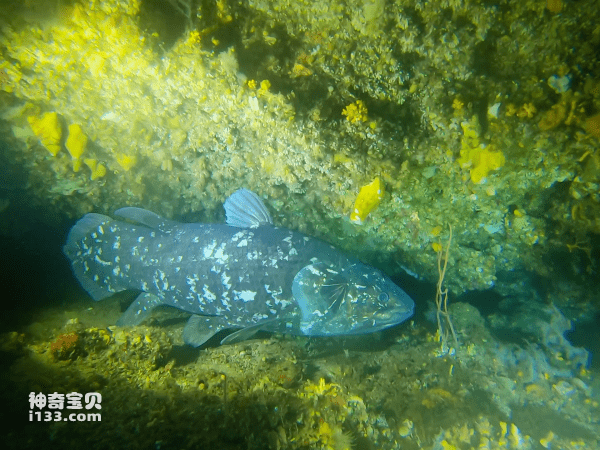
5. Coelacanth (about 377 million years ago)
Coelacanth mainly lived in the ancient Devonian period. Like other similar fish, it belongs to a category with low bone development. It was one of the early fish species that lived in freshwater environments, but had shifted to a marine lifestyle at an earlier time. Coelacanths are huge, usually up to 1.5 meters in length. Its head is relatively small and its fins present a limb-like structure that allows the coelacanth to crawl along the seafloor and feed on other fish.
To date, the most important discovery of the coelacanth occurred in 1938, when it was fished out of the sea near East London, South Africa. Smith, a famous South African ichthyologist, quickly went there after learning about it. However, when he arrived, he found that the coelacanth had been eaten by local fishermen. Unfortunately, he missed the opportunity to study it. Despite subsequent searches, no trace of the coelacanth was found again.

6. Ledge (about 360 million years ago)
The lamprey is a strange fish that lived in the Devonian period. It belongs to the class Lamprey and is also considered to be one of the most primitive vertebrates. Its most striking feature is its cylindrical mouth, without upper and lower jaws, and sharp teeth in the mouth. The hagfish is a bizarre creature that feeds on the carcasses of other animals by gnawing at them, and can even stay inside for up to three days.
Currently, more than 30 species of hagfish have been confirmed to exist around the world, and they belong to the order Hagfish. Although the 360-million-year-old hagfish fossil is almost identical to the modern hagfish, some questions remain. The jury is still out on whether hagfish and hagfish share a common ancestor and went their separate ways hundreds of millions of years ago.
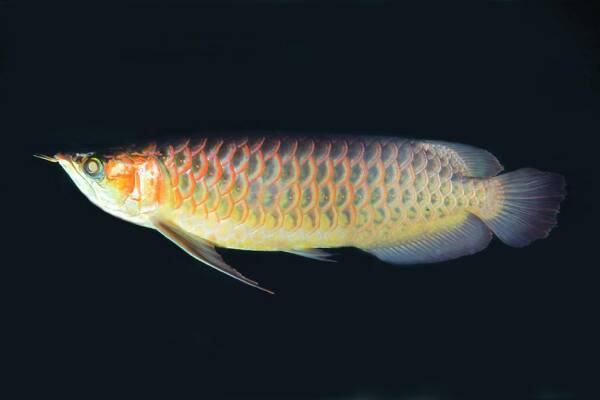
7. Dragon fish (about 200 million years ago)
Arowana is an ancient fish that is still well known today and has become the image ambassador of one of the most famous brands in modern times - "Arowana Oil". The existence of arowana can be traced back to the distant Carboniferous period. Until about 140 million years ago, arowanas began to migrate to Asia and the Indian subcontinent. As the earth's crust evolved, they gradually spread throughout the world.
Today, the arowana is a large freshwater fish covered in large, round scales. These scales reflect brilliant light in the sun, and the various fins on the fish's body also show a variety of colors. Different species of arowana have unique body colors and are very beautiful. For example, golden arowana, red arowana, green arowana, star pearl arowana, etc., each of them displays charming colors.
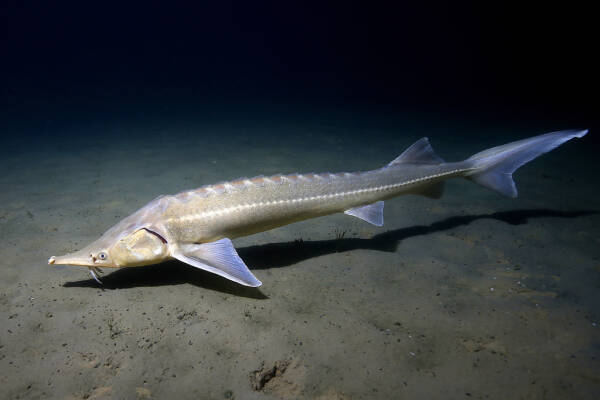
8. Sturgeon (about 145 million years ago)
When it comes to sturgeon, my country's Chinese sturgeon is undoubtedly the most famous species and is known as the "King of Fish in the Yangtze River". China is also one of the countries with the richest sturgeon species, the widest distribution and the richest resources in the world. In addition to the eight native species of wild sturgeon, China has also introduced more than a dozen species such as Russian sturgeon, European sturgeon, and paddlefish for research and artificial breeding. Sturgeons are famous, but little is known about the fact that sturgeons live longer than humans. Their existence can be traced back to the Jurassic Period, the age of dinosaurs, and they are one of the oldest vertebrates still alive.
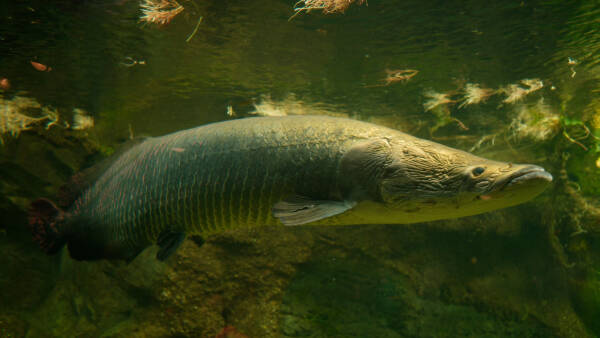
9. Arapaima (about 100 million years ago)
Arapaima is an ancient freshwater fish that scientists speculate first appeared 100 million years ago. It is mainly distributed in the floodplain areas of the Amazon basin, but the exact age of its distribution, especially in the lower part of the basin, is currently unknown. The earliest records of arapaima come from the Essequibo Basin in Guyana, and fossil evidence shows they existed in the Magdalena River Basin in Rio de Janeiro, Colombia. In addition to its native range, arapaima has been introduced to rivers and fisheries in Asia, and is bred in captivity for ornamental purposes, and is very popular in aquariums. Its meat can be made into dried or salted products, and it has become one of the most popular foods.
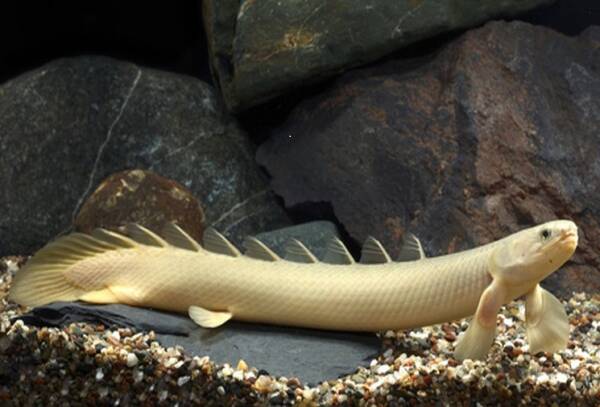
10. Senegalese Polypterus (approximately 66 million years ago)
The Senegalese polypterus is an ancient fish native to Africa, whose origins date back to the Cretaceous period and is still around today. This fish has a strong reproductive capacity and is said to be victorious in every battle. The Senegalese multifin fish has a strong ability to survive. Its body is covered with very dense scales, which makes it far better than other fish in retaining water. Therefore, it will not die easily even if it is left out of water for a long time. In addition, the Senegalese multi-fin fish also has up to eight dorsal fins on its back, which has earned it the reputation of "nine-segmented dragon".
A list of the top ten most mysterious and ancient fish in the world, mainly including fish from the Ordovician, Silurian, Devonian, ancient Carboniferous, Jurassic, Cretaceous and other major periods, as well as some existing ancient fish As the research basis, relevant materials such as China Association for Science and Technology and Global Network were consulted. The list is for reference only. If you have any questions, please leave a comment at the end.
animal tags:
We created this article in conjunction with AI technology, then made sure it was fact-checked and edited by a Animals Top editor.